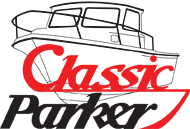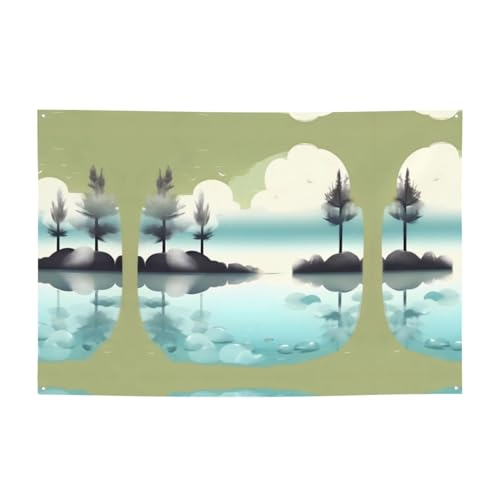Some years ago I took a 2" receiver rack from Harbor Freight and fabricated rod holders for my 1999 Cherokee.
The rack had a dual purpose... to transport rods, tackle and gear to my boat, and also to act as a platform for surf fishing DE, MD, and OBX beaches.
Problem... when I bought my 2013 Wrangler, not only did I have to add a 7" extension to the 2" receiver to clear the spare tire, the barn door would not clear the rack with it mounted aft on my rig.
Solution... put a front-mount 2" receiver on the front of the new rig.
If anyone is interested, I have fabrication photos of the rod rack build that I can post.
The rack had a dual purpose... to transport rods, tackle and gear to my boat, and also to act as a platform for surf fishing DE, MD, and OBX beaches.
Problem... when I bought my 2013 Wrangler, not only did I have to add a 7" extension to the 2" receiver to clear the spare tire, the barn door would not clear the rack with it mounted aft on my rig.
Solution... put a front-mount 2" receiver on the front of the new rig.
If anyone is interested, I have fabrication photos of the rod rack build that I can post.
































































